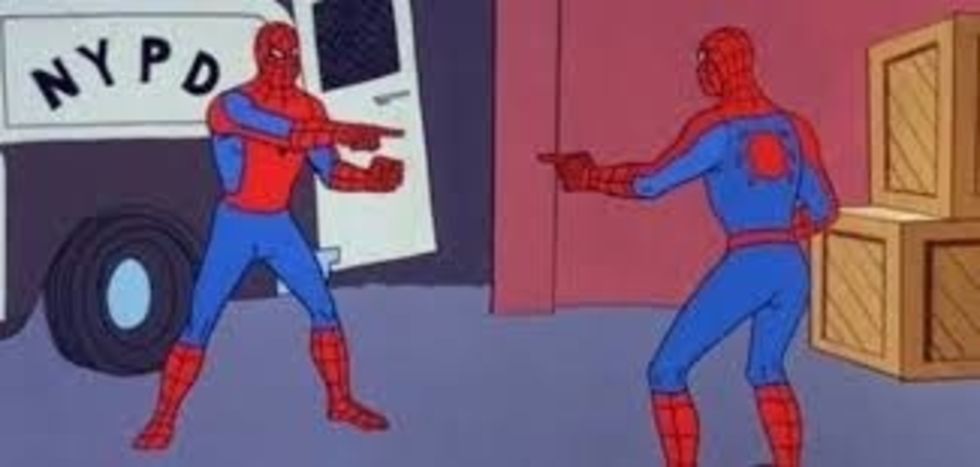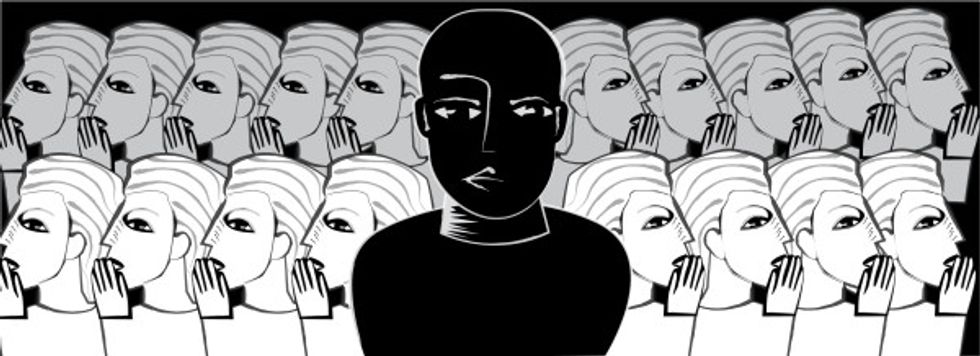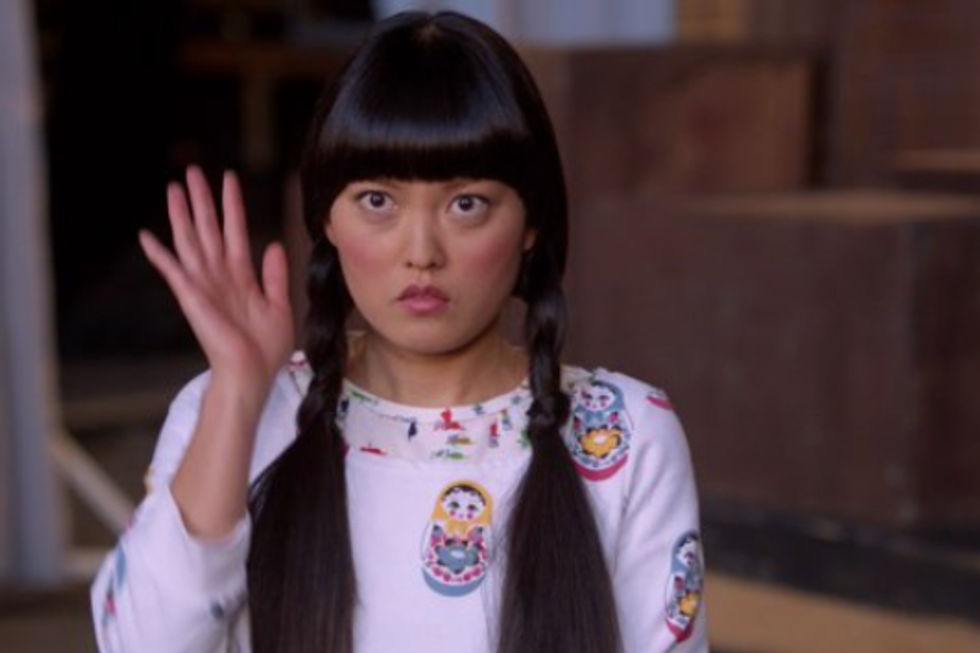Race and ethnicity, are equal in America. This is especially true for Black immigrants or first-generation Americans, as White Americans have the flexibility and luxury of claiming any ancestry they please (i.e. symbolic ethnicity). There is research that illustrates qualitatively how new, black immigrants try and separate themselves from African-Americans. Immigrants come to America knowing the negative stereotypes about African-Americans and how they are discriminated against, so they'll try and distinguish themselves from African-Americans. A Jamaican might say, "I'm not African-American, I'm Jamaican" thinking that their ethnicity is going to save them from racial discrimination. It doesn't. In America, blackness is subjected to discrimination no matter the ethnic background.
We see this illustrated in autobiographic literature. Maxine Hong Kingston’s The Woman Warrior: Memoirs of a Girlhood Among Ghosts is chock full of examples of what it’s like being a first-generation American, more specifically first-generation Chinese-American, a population of people foreign, literally and figuratively, to the American public before this body of work was published. There are several examples throughout her autobiography where Kingston tries to understand and reconcile being a first-generation American with her Chinese ethnic heritage. One example of this is when she is trying to delineate what makes her unique as a Chinese-American from her American experience:
Chinese-Americans, when you try to understand what things in you are Chinese, how do you separate what is peculiar to childhood, to poverty, insanities, one family, your mother who marked your growing with stories, from what is Chinese? What is Chinese tradition and what is the movies? Chapter 1, Paragraph 12.
Like most first-generation Americans, Kingston is trying to explore her ethnic identity in ways that second, third, or fourth generation Americans do. Her efforts are made difficult as she cannot know for sure that her experiences thus far in America are uniquely Chinese or American. What I have come to understand (and appreciate) is in America, there is no difference between race and ethnicity—conceptually there is but in practice there is not, which can be advantageous for people of color because it creates a shared identity. It prevents an "us and them" mentality and fosters an "us" mentality, which is important to fighting injustice. Attempts at lessening the blow of racial discrimination often does not work because non-people of color can not, and are not trying to, validate the identities of people of color. Kingston, on levels not too dissimilar from Black people in America, deals with costly negative stereotypes, “‘Louder,’ said the teacher, who scared the voice away again. The other Chinese girls did not talk either, so I knew the silence had to do with being a Chinese girl” (Chapter 5, Paragraph 34). The negative stereotype being that Asian women are quiet and subservient can be costly for Asian-American women, especially in the workforce where "quiet mouths don't get fed."
Negative stereotypes, obviously, have negative affects on the psychological development of vulnerable children. Once confronted with the negative stereotype, marginalized children feel inadequate, which can lead to anxiety and depression. To cover the cost of the stereotypes, marginalized students may also act out of character to impress other students. Kingston does the same:
To make my waking life American-normal, I turn on the lights before anything untoward makes an appearance. I push the deformed into my dreams, which are in Chinese, the language of impossible stories. Before we can leave our parents, they stuff our heads like the suitcases which they jam-pack with homemade underwear. Chapter 3, Paragraph
This powerful quote is illustrative of not just my or Kingston’s experiences as first-generation Americans. It illustrates the collective experience of first-generation Americans trying to make sense of their multiple identities.





















